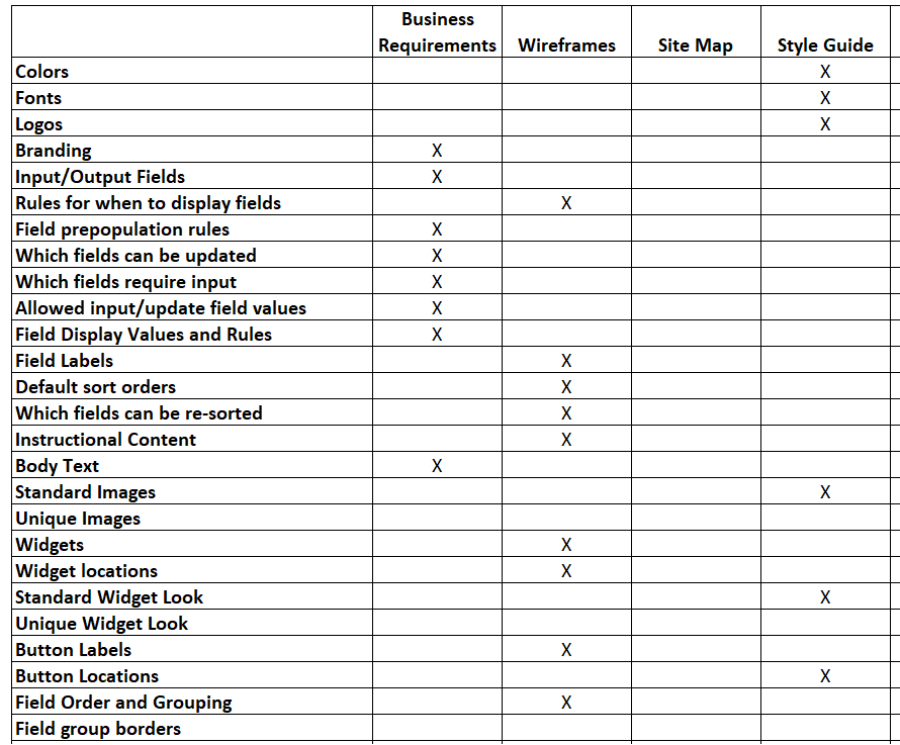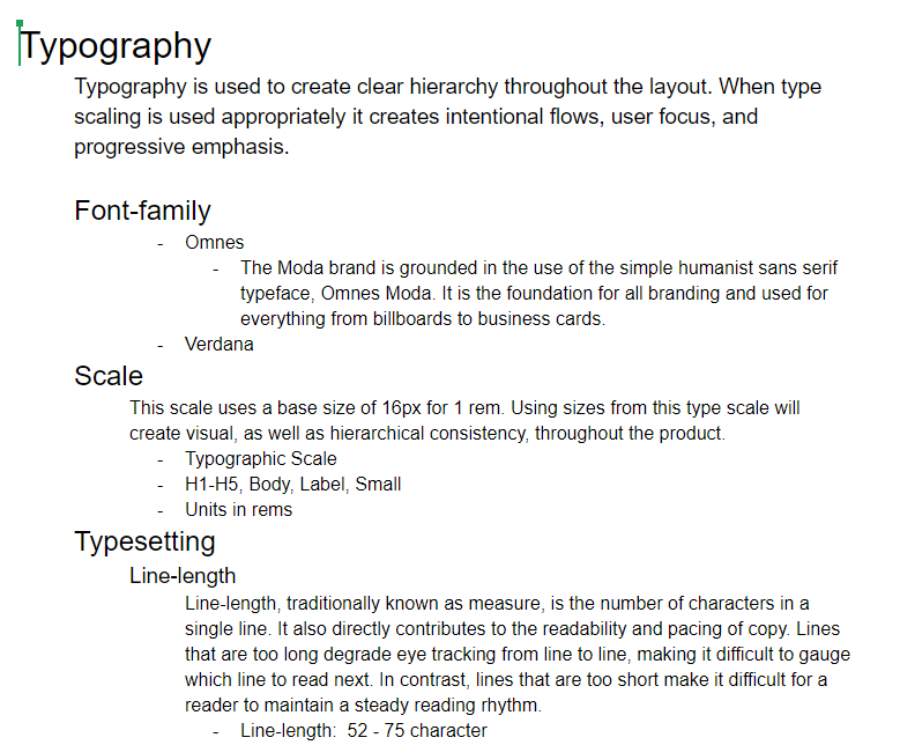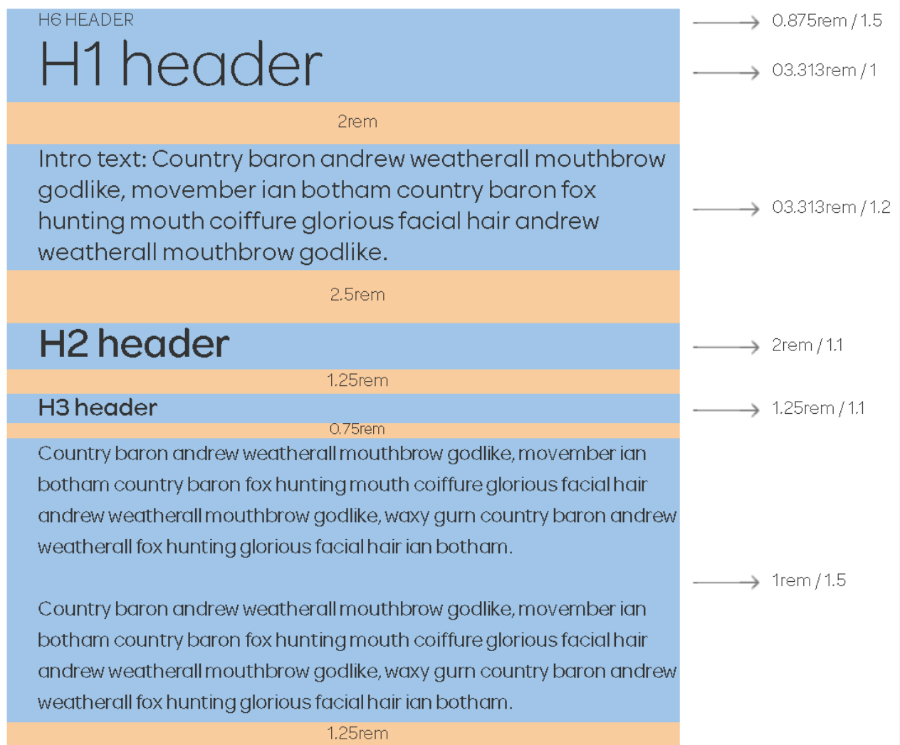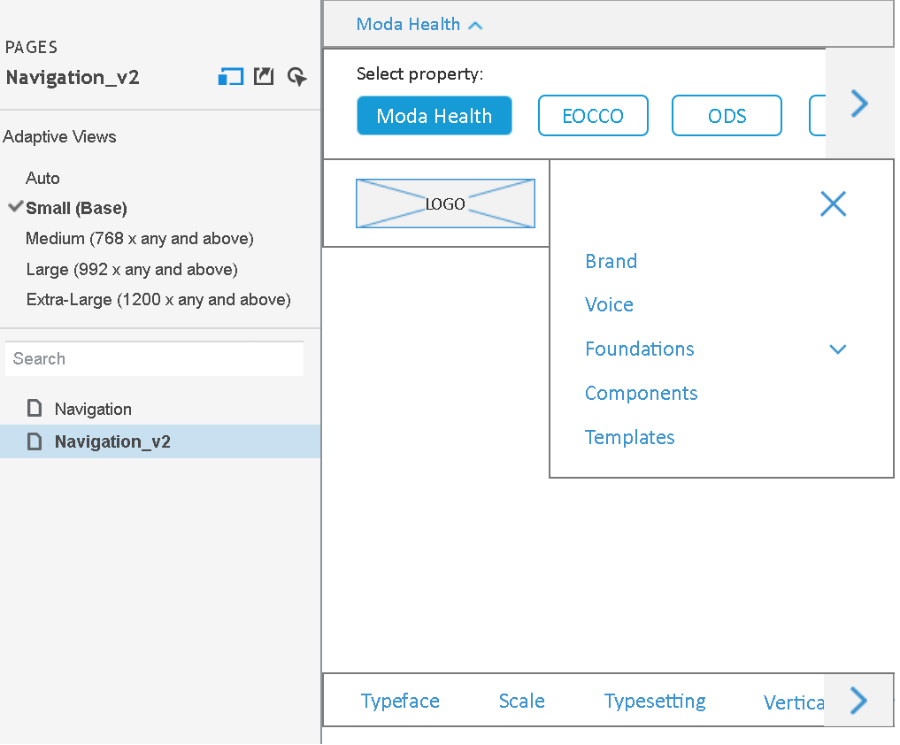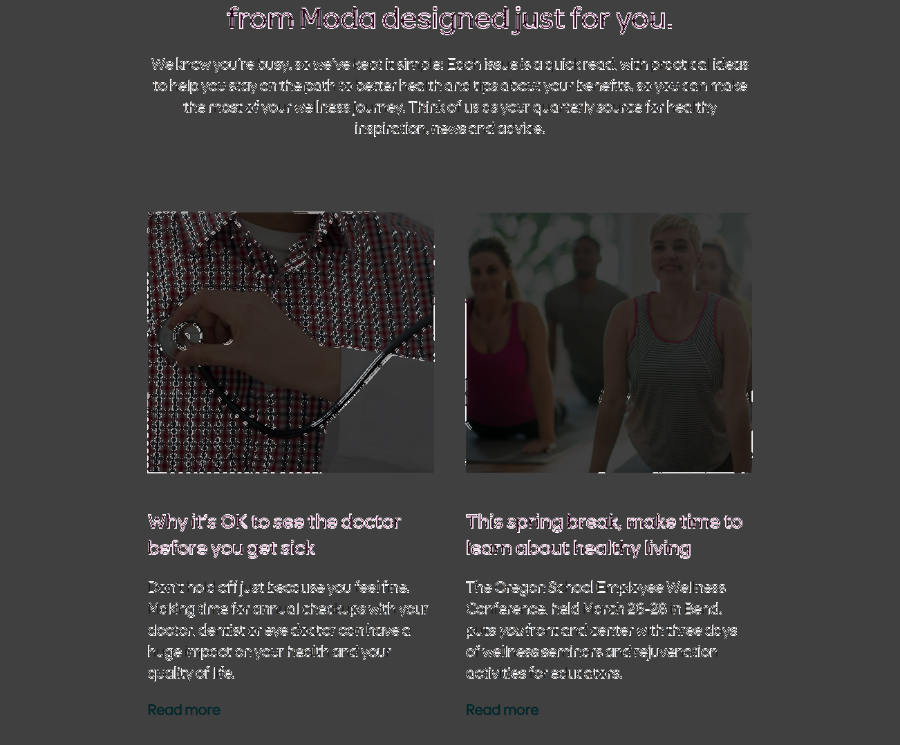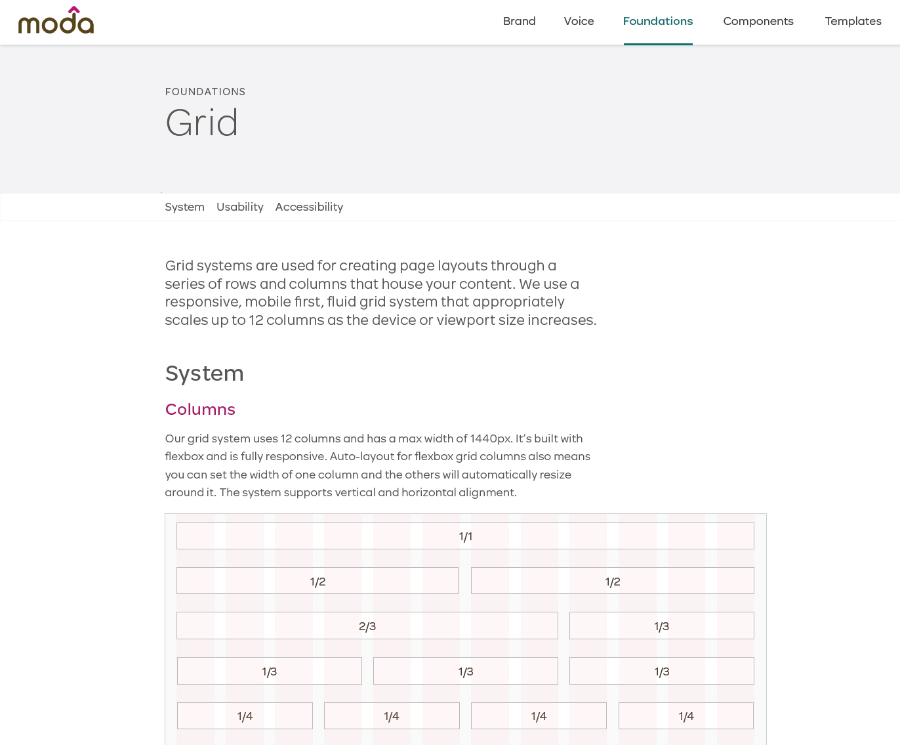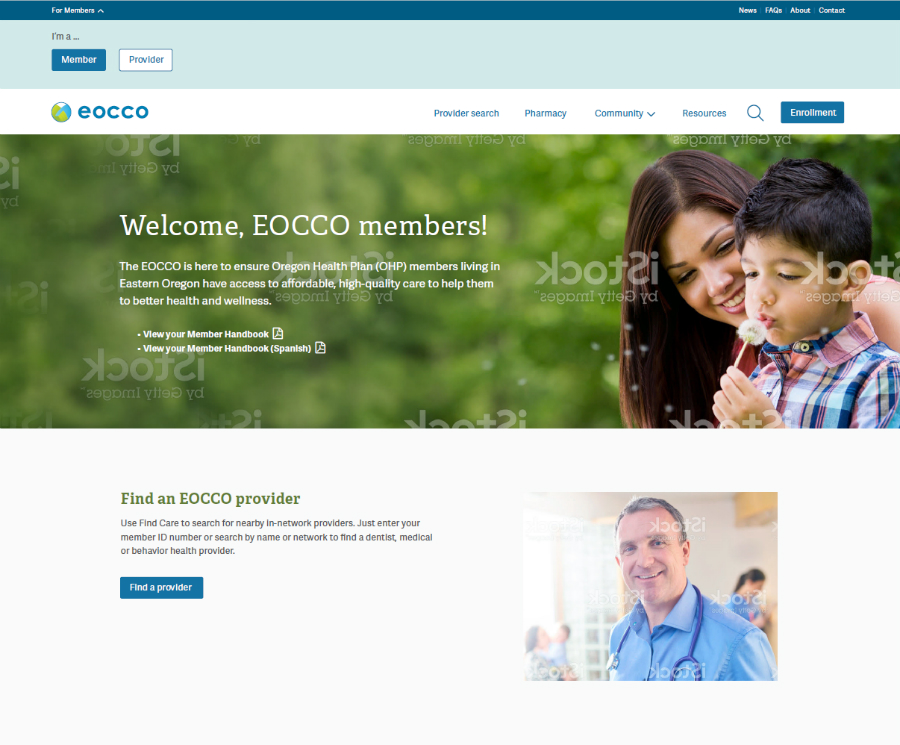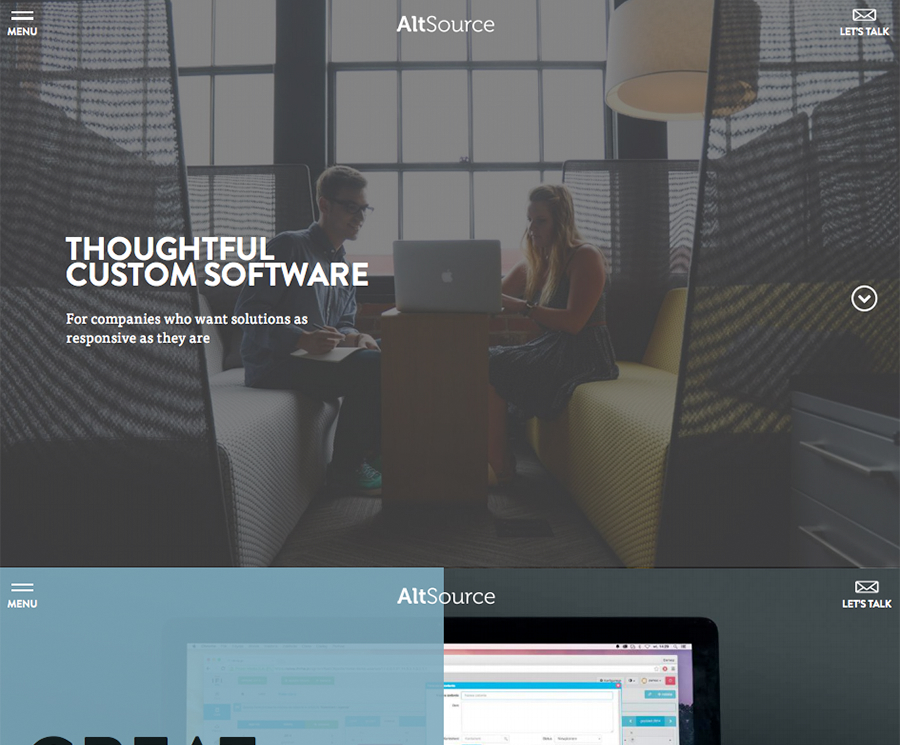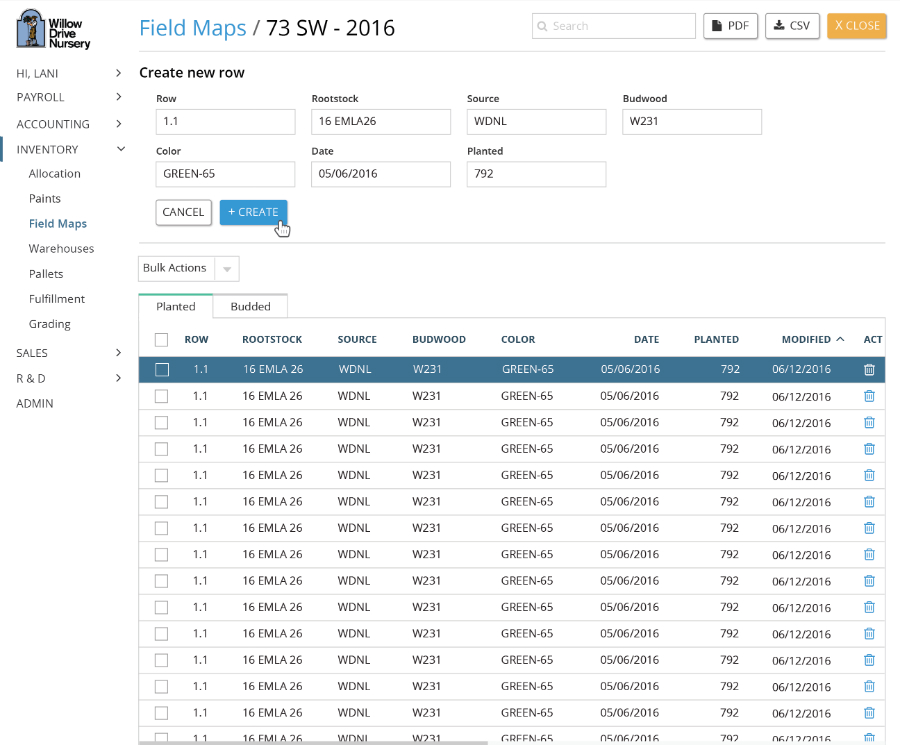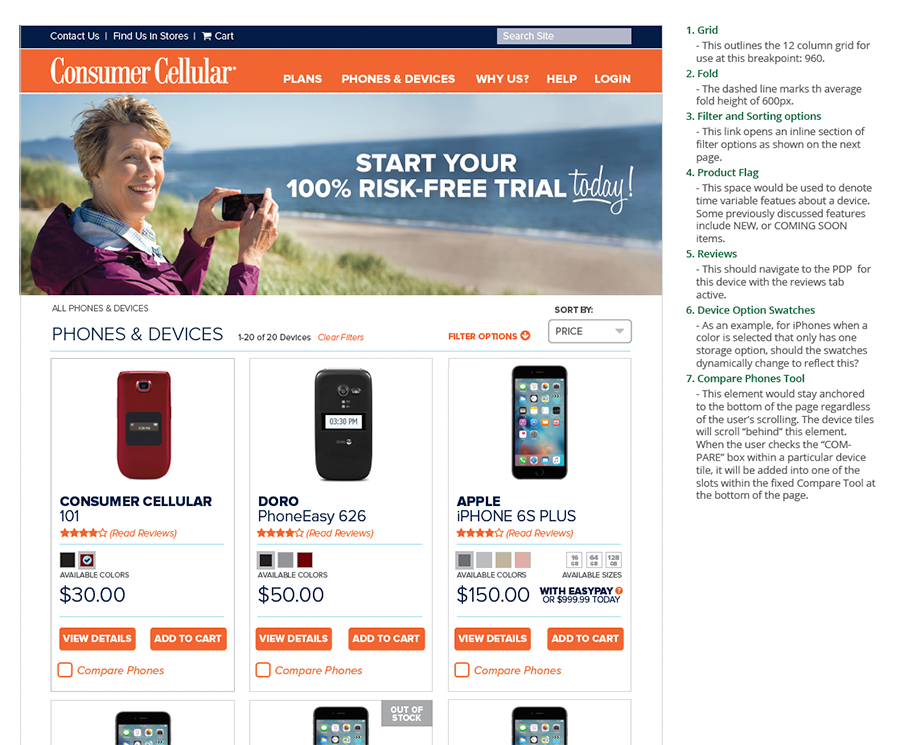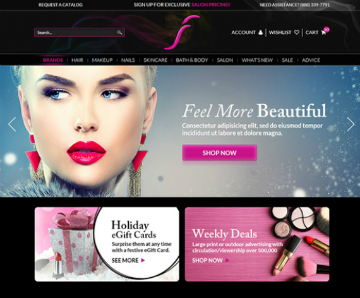Design system | 2017
moda
The Story
I built a design system for Moda to unify its fragmented digital properties, ensuring consistency, responsiveness, and accessibility across all brands. By conducting stakeholder interviews, auditing existing design patterns, and applying atomic design principles, I created a scalable system that met Section 508 accessibility standards and improved alignment between IT, marketing, and design teams.
